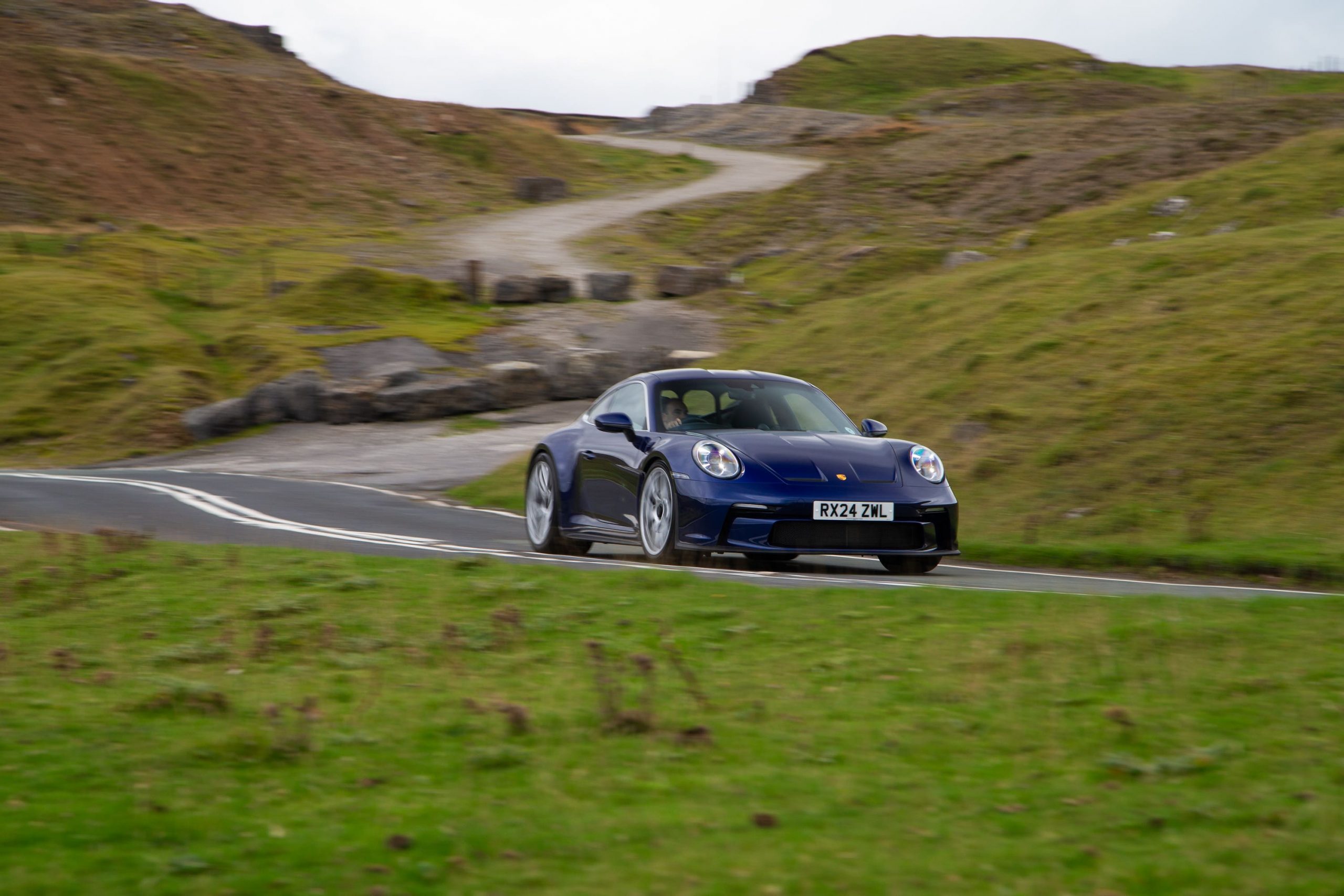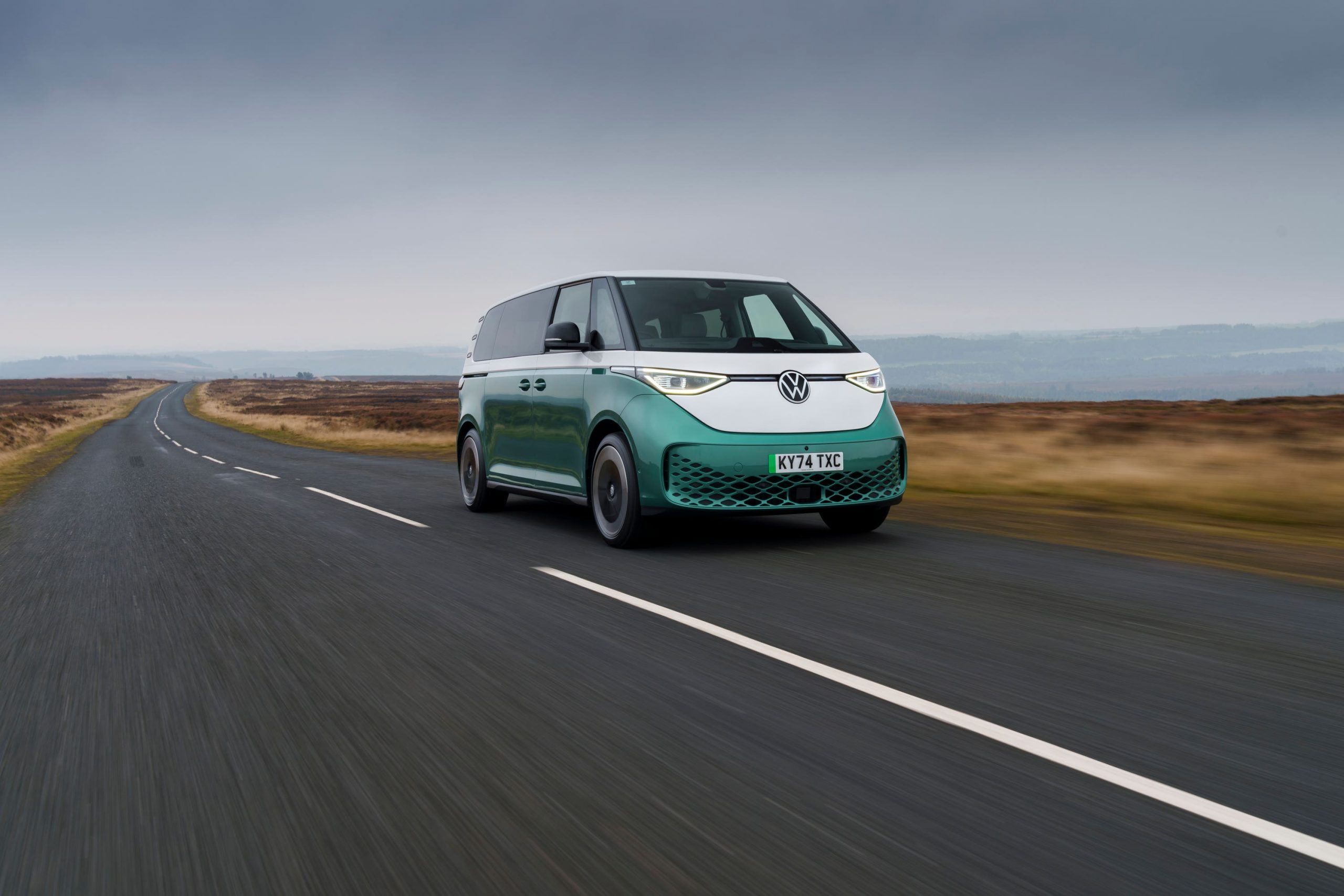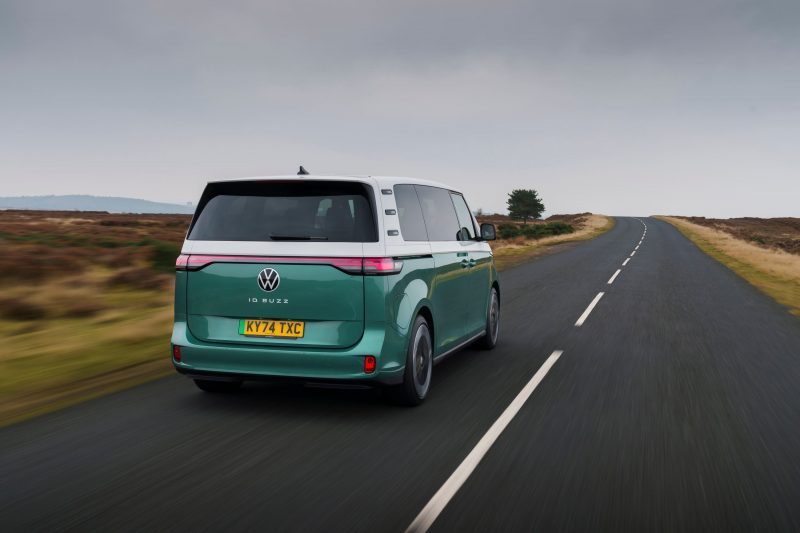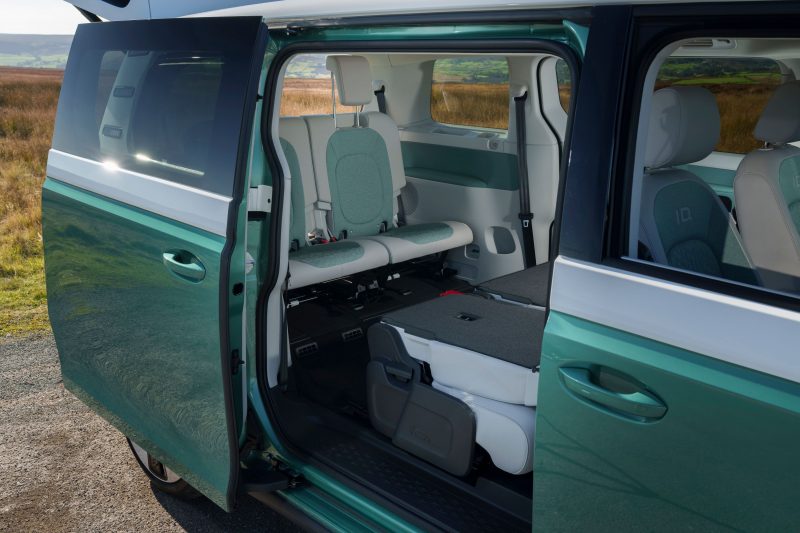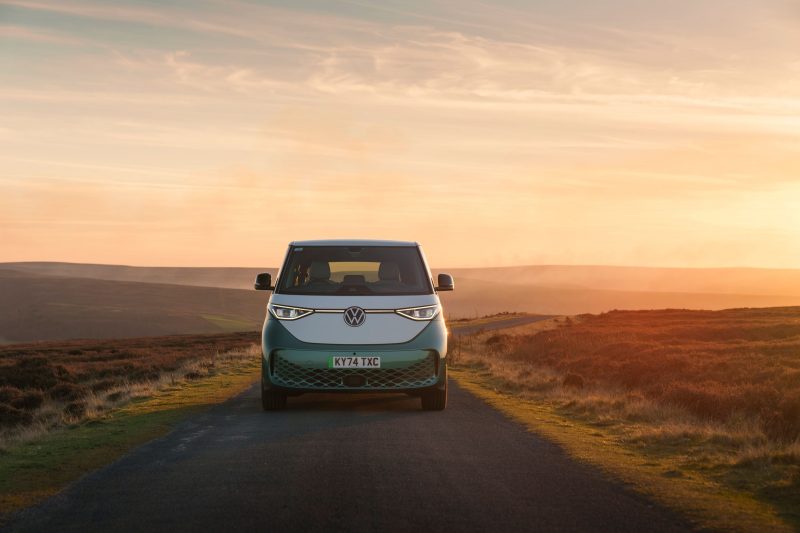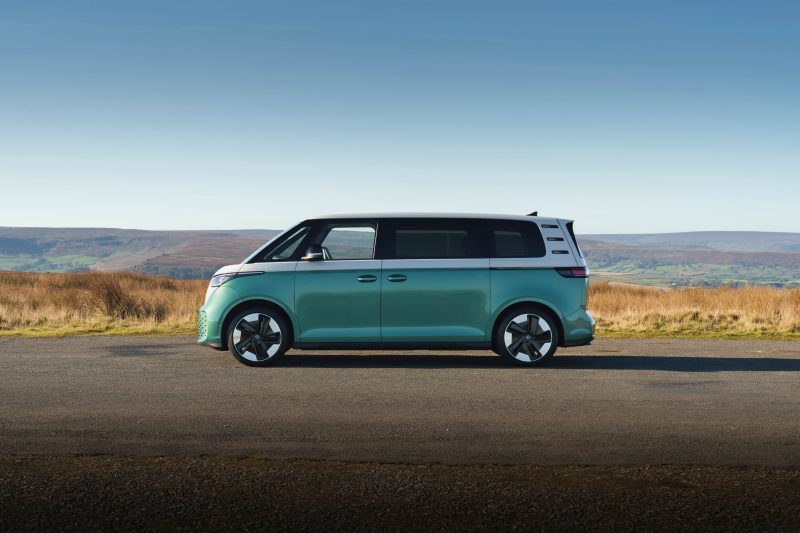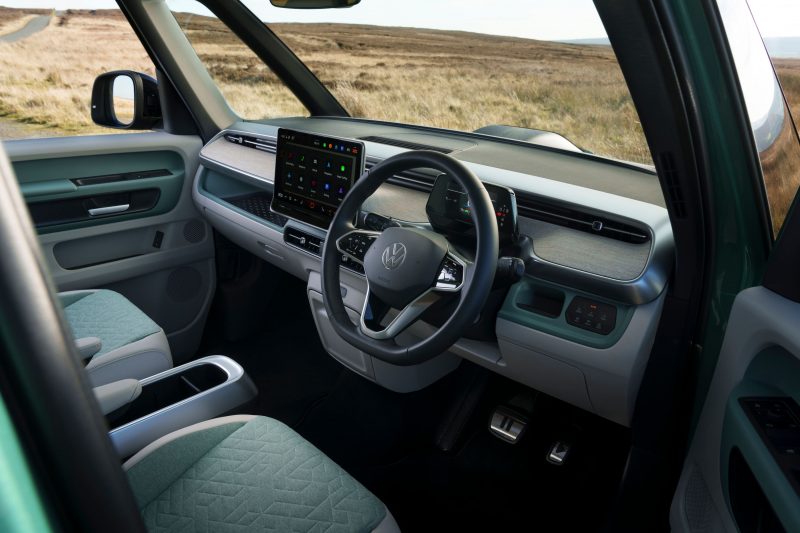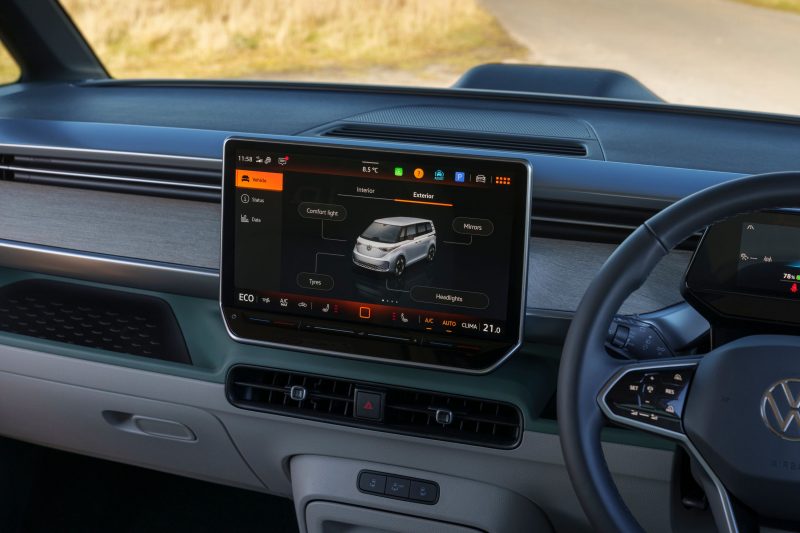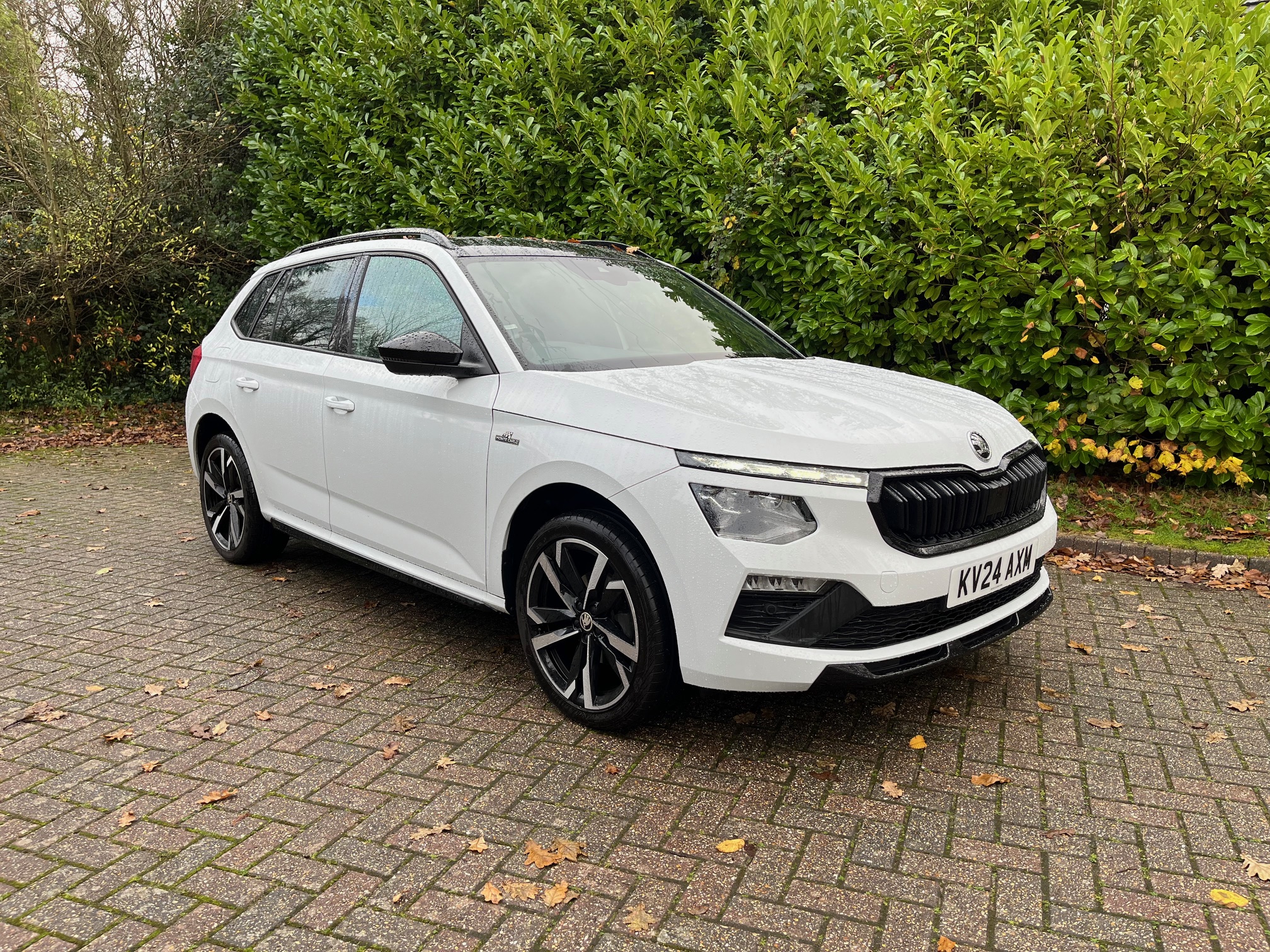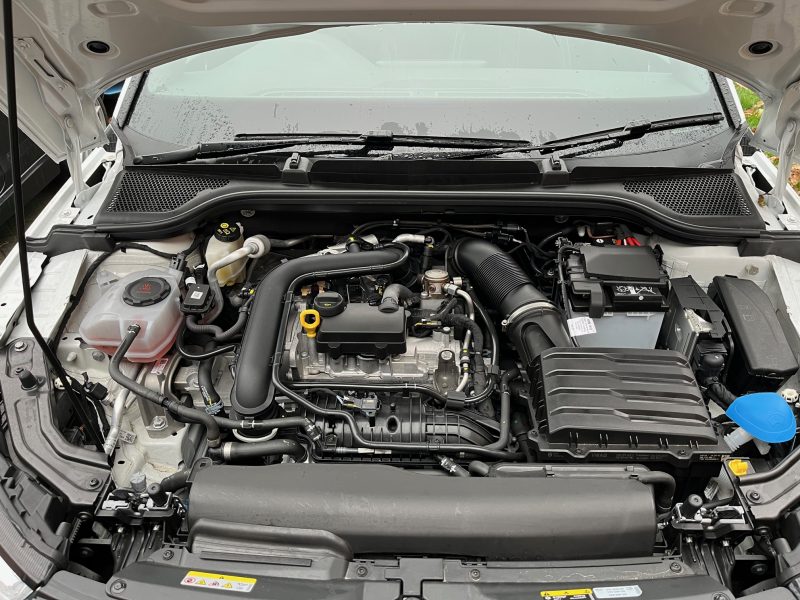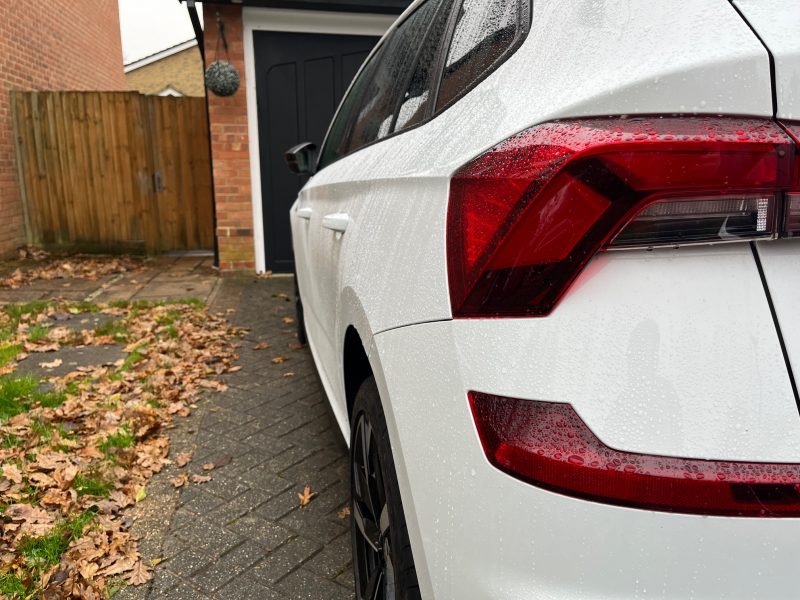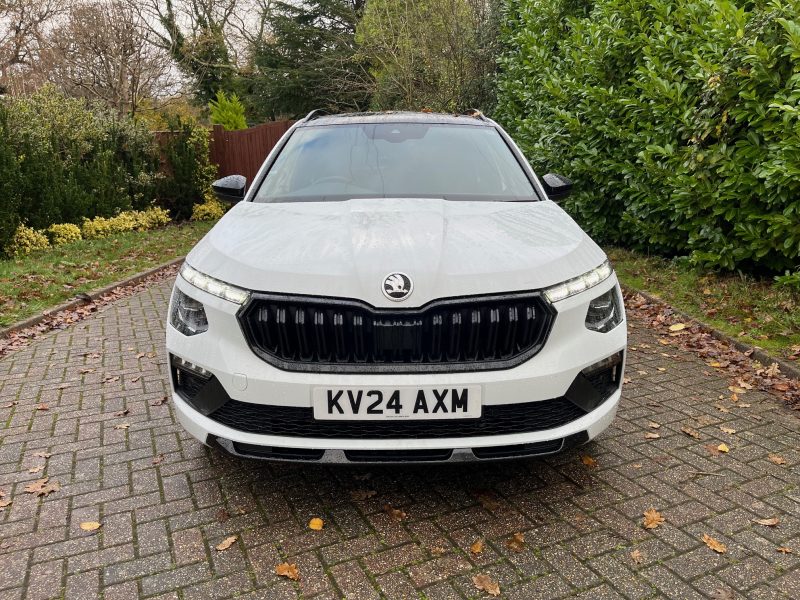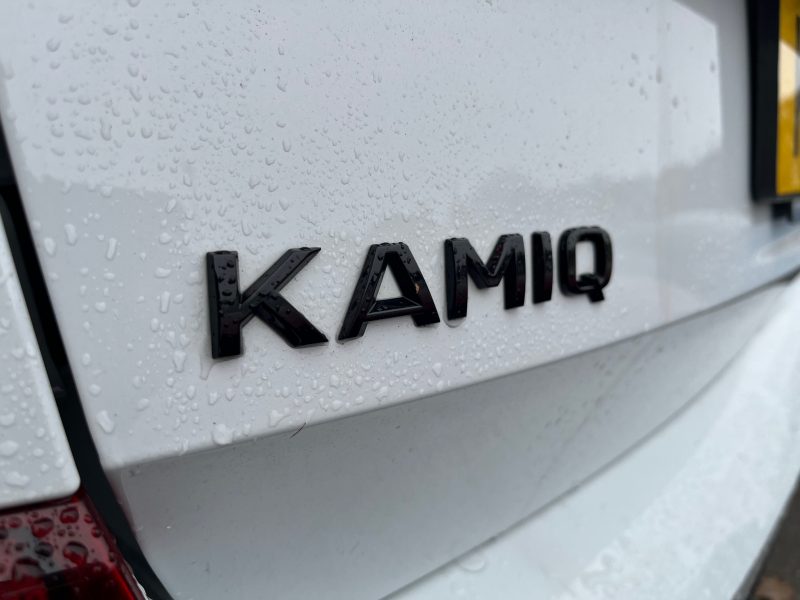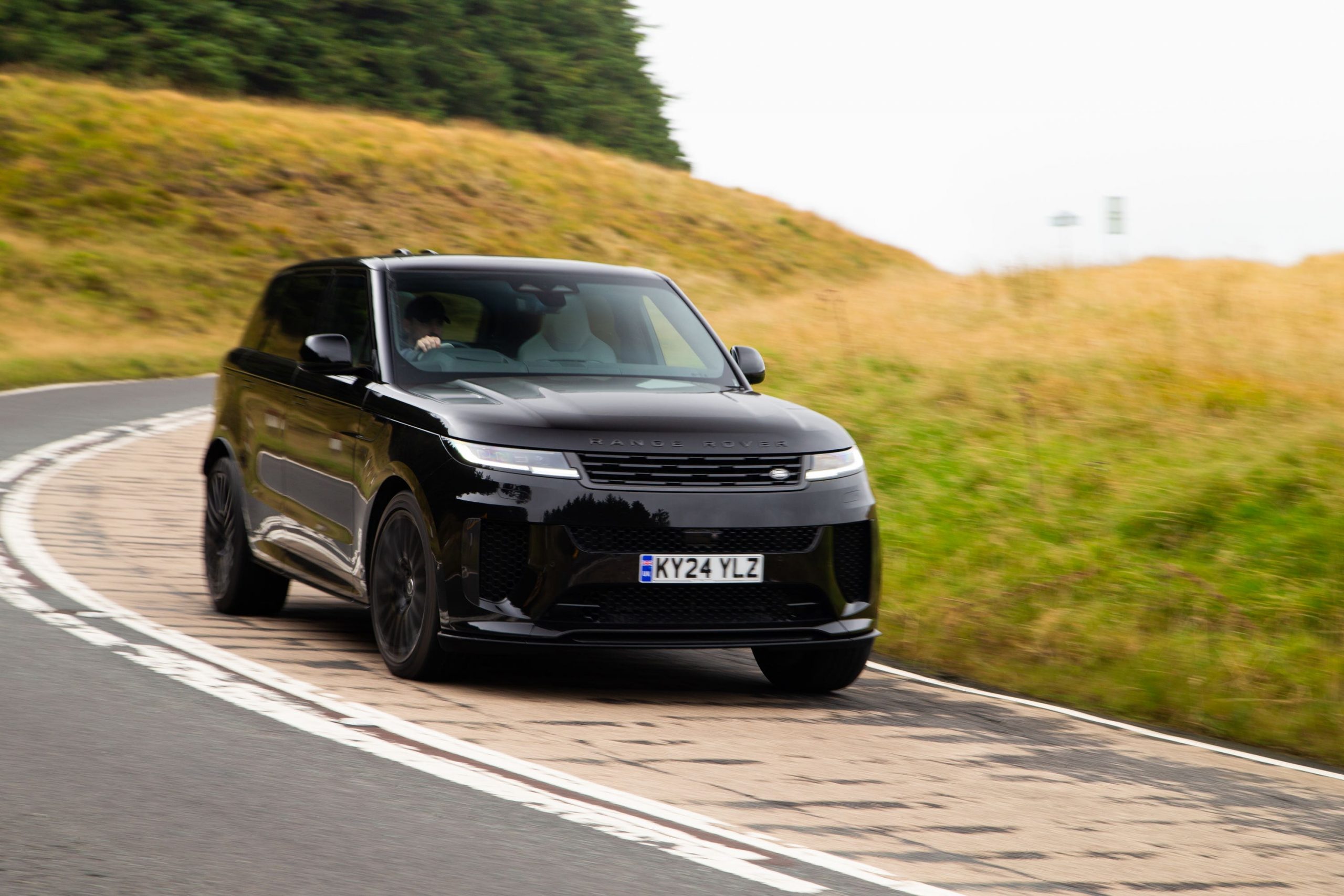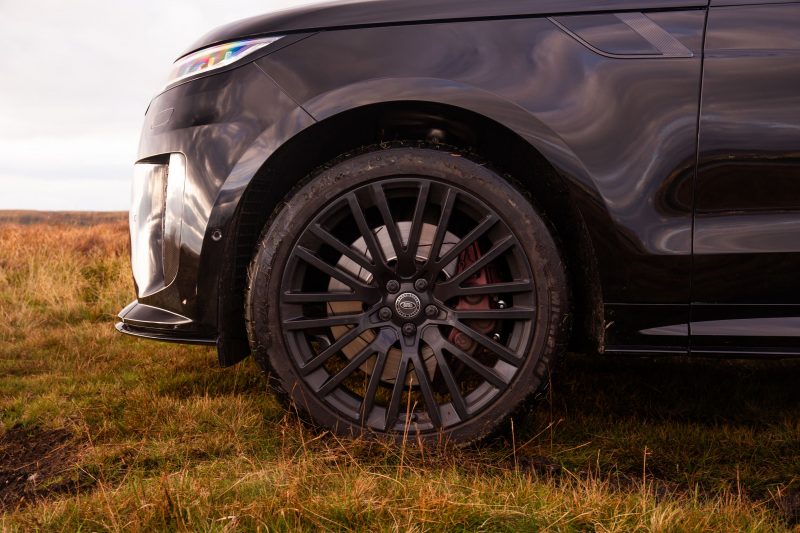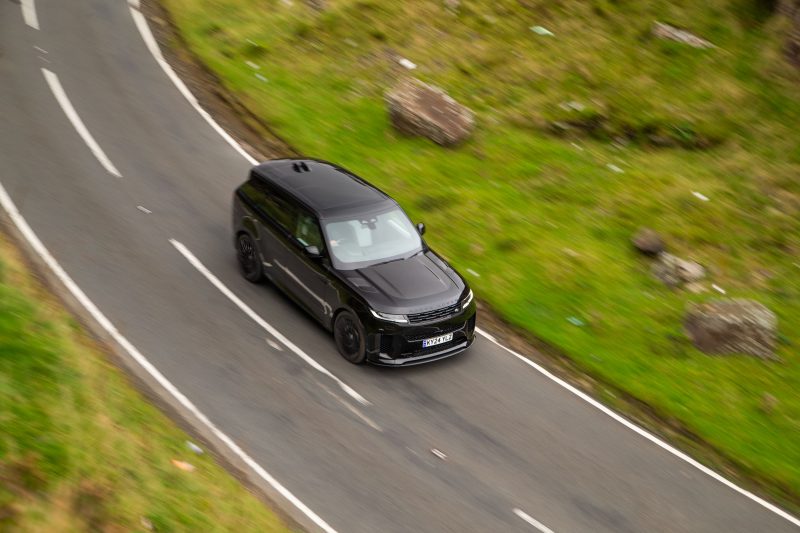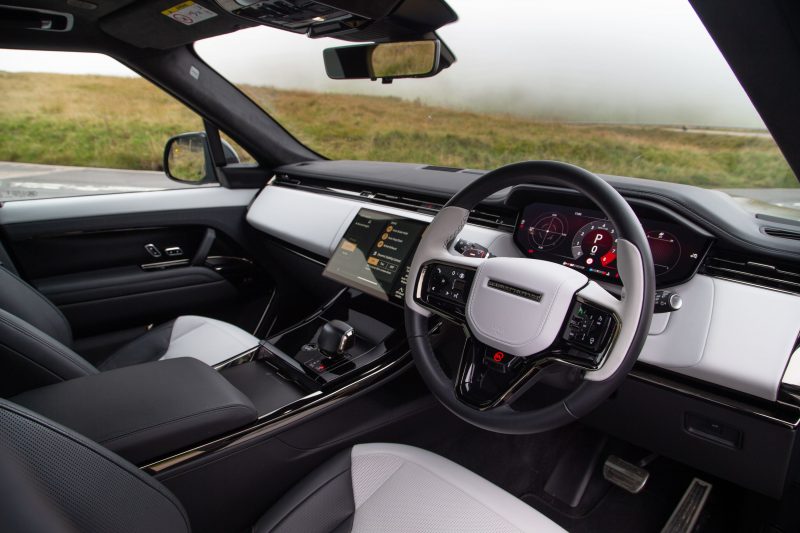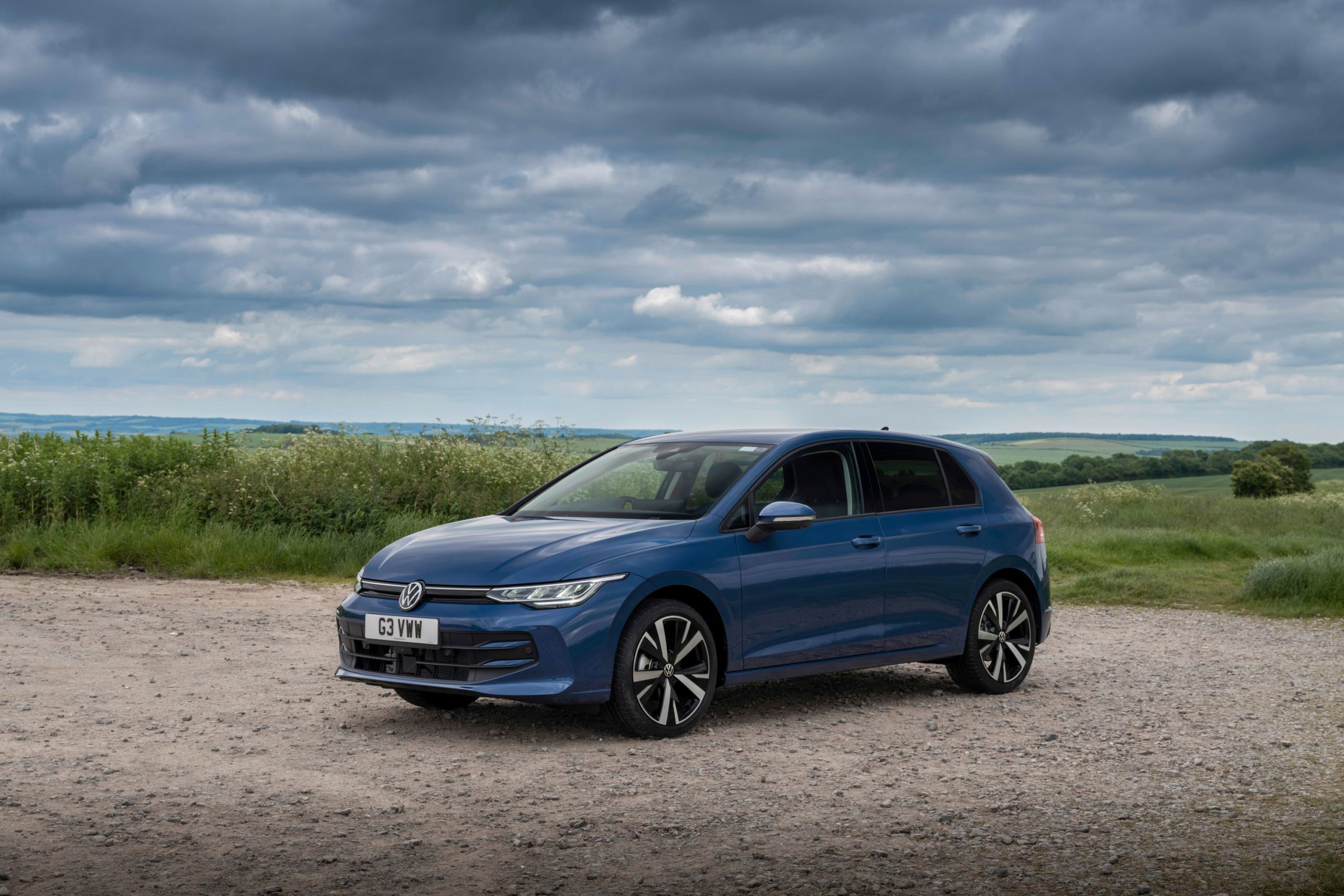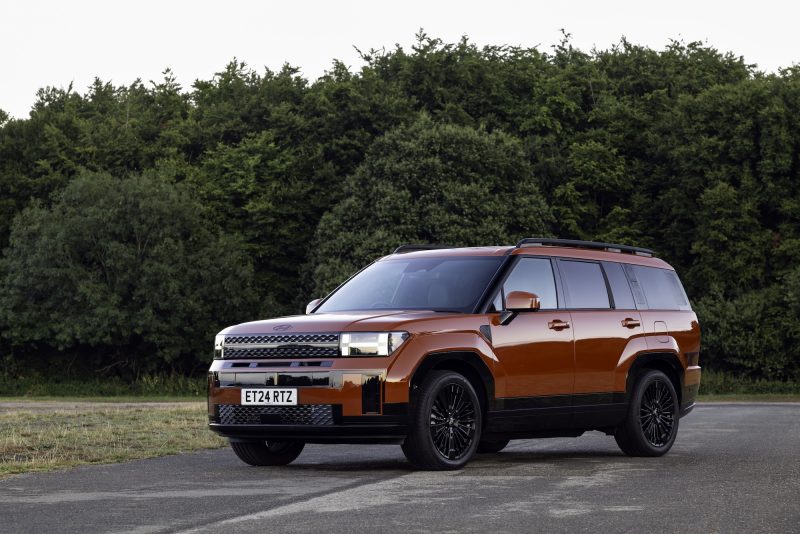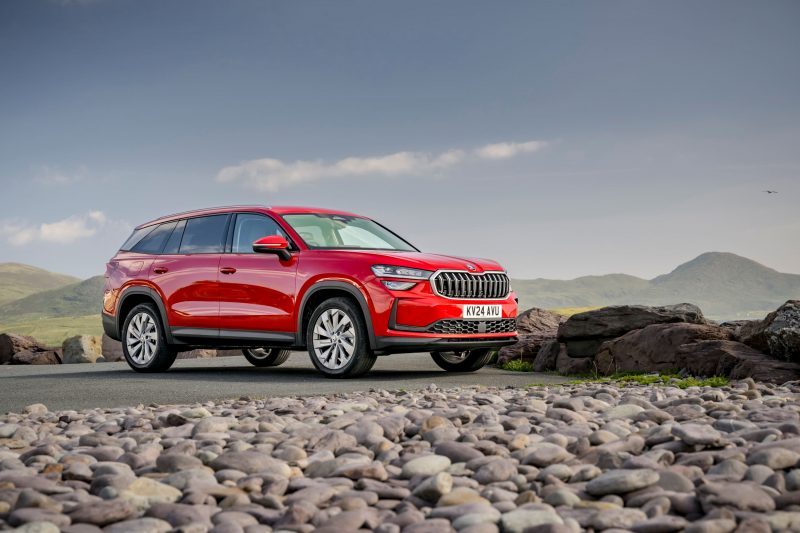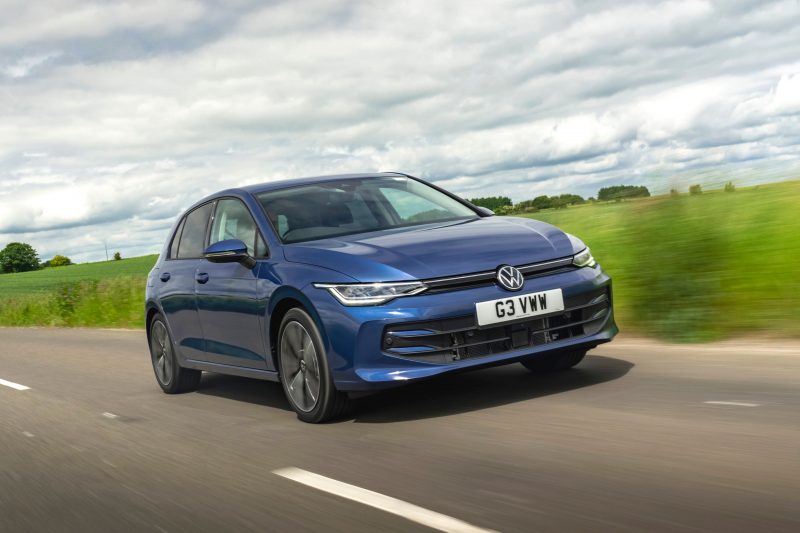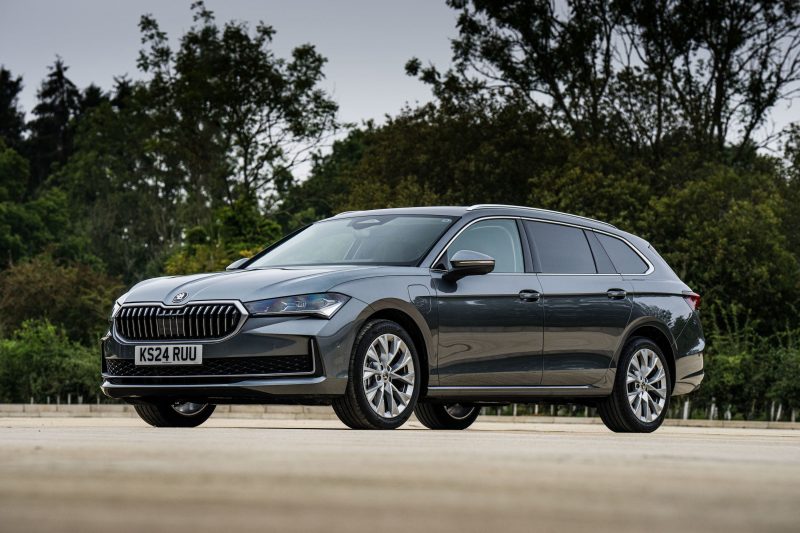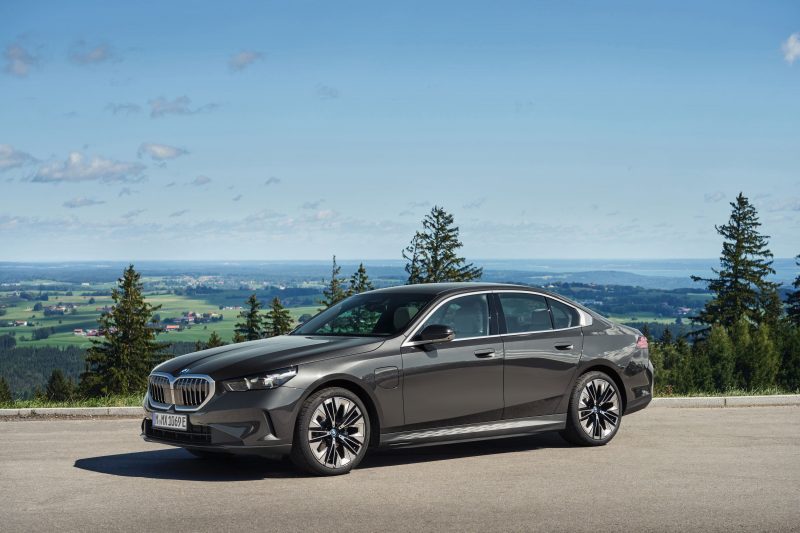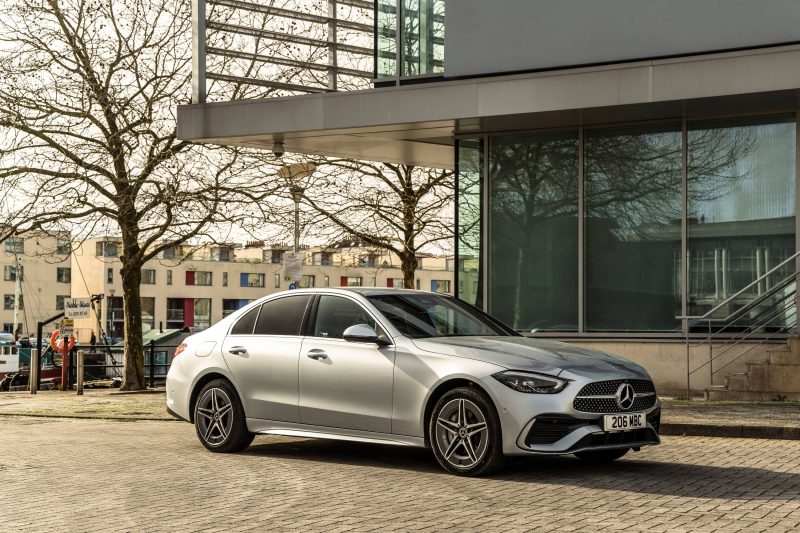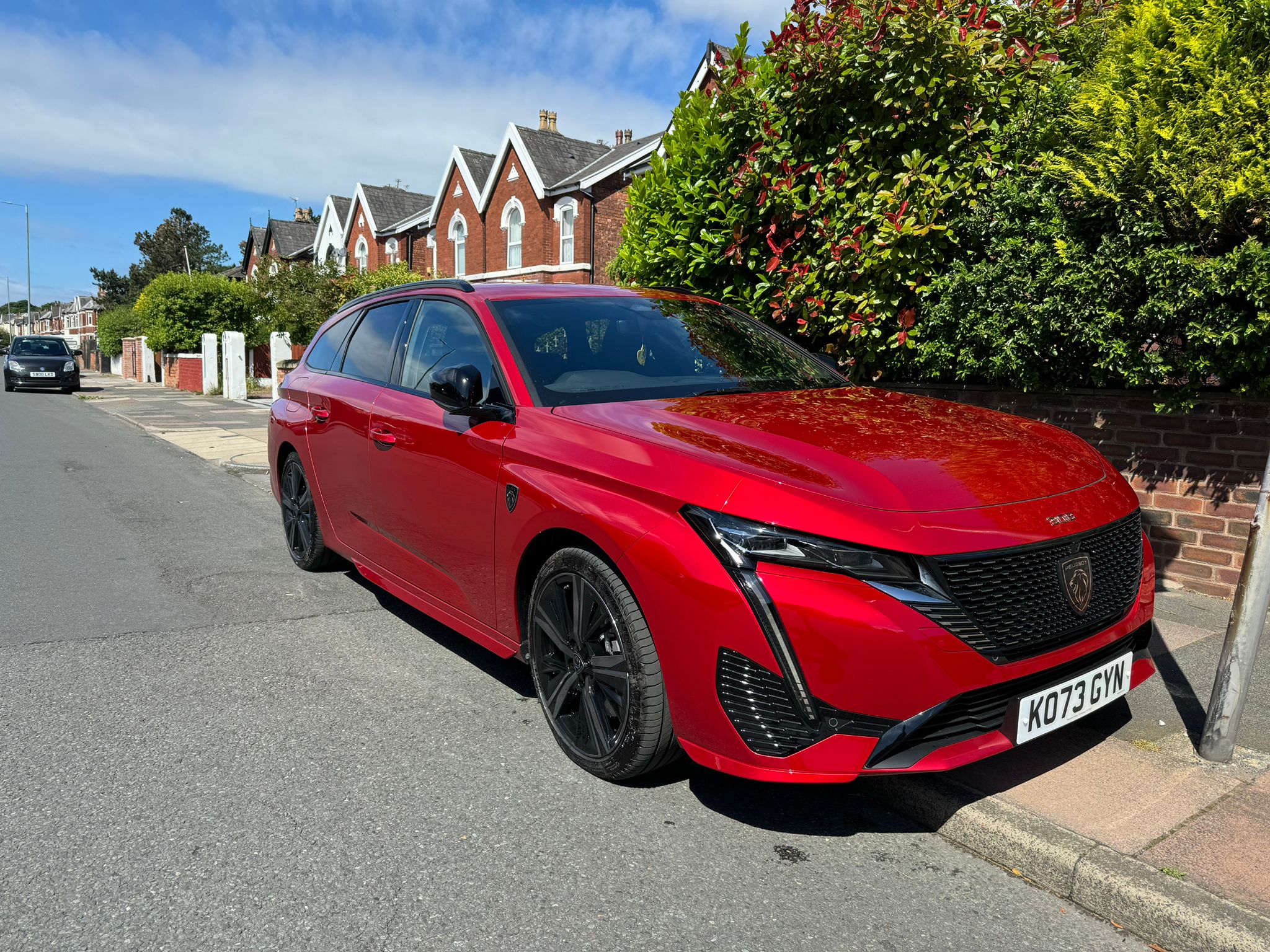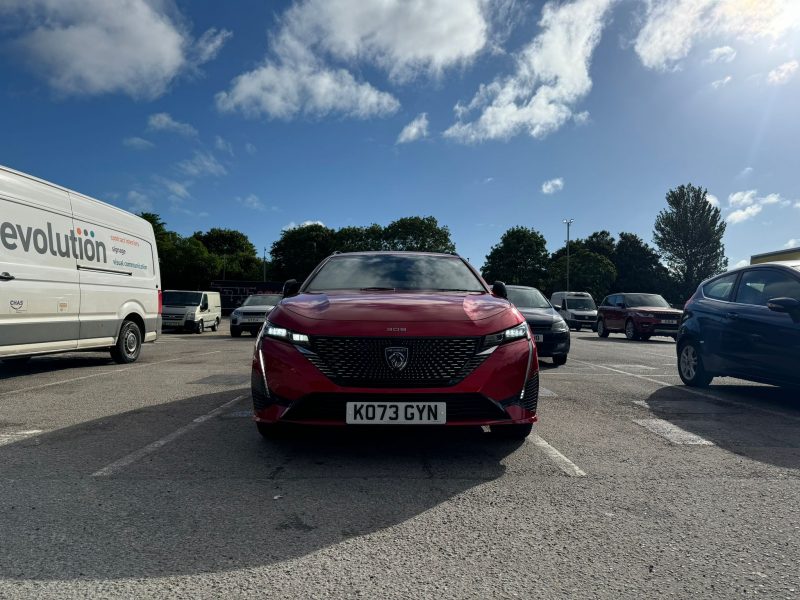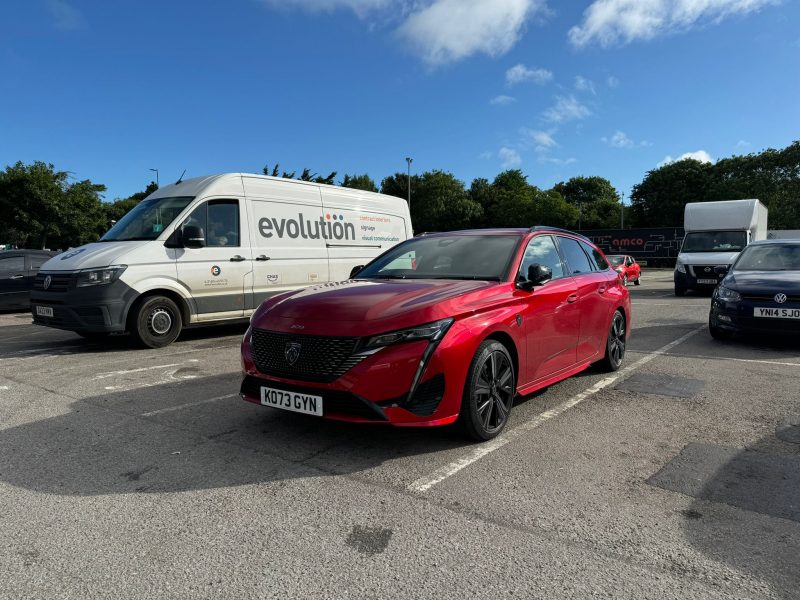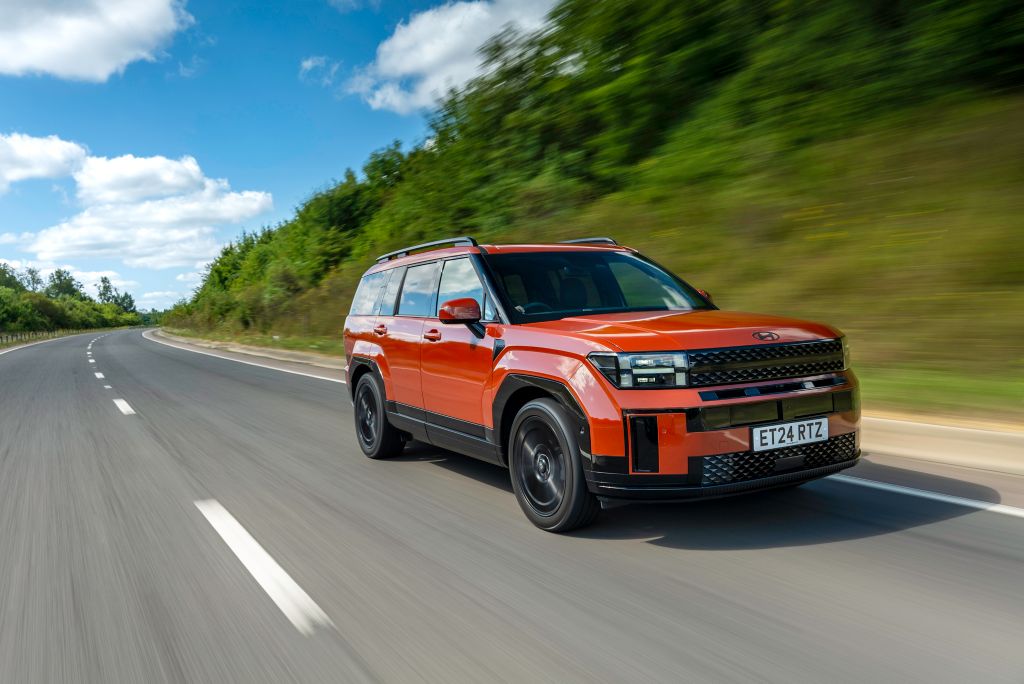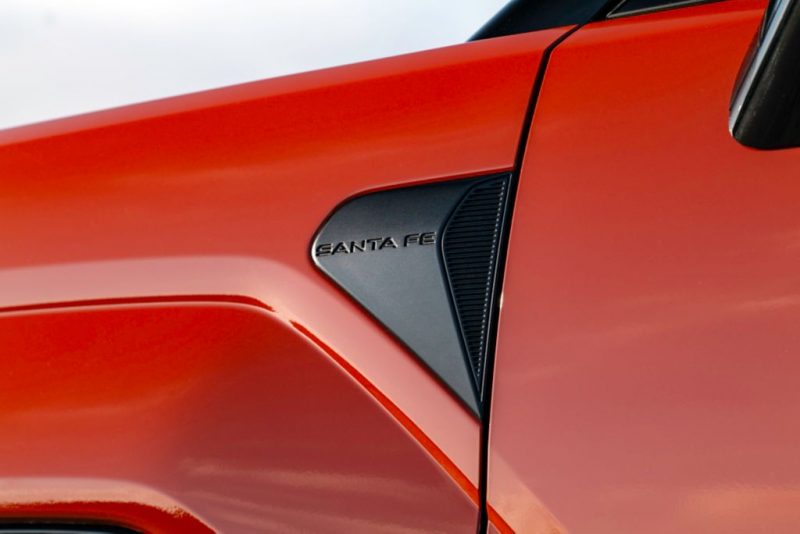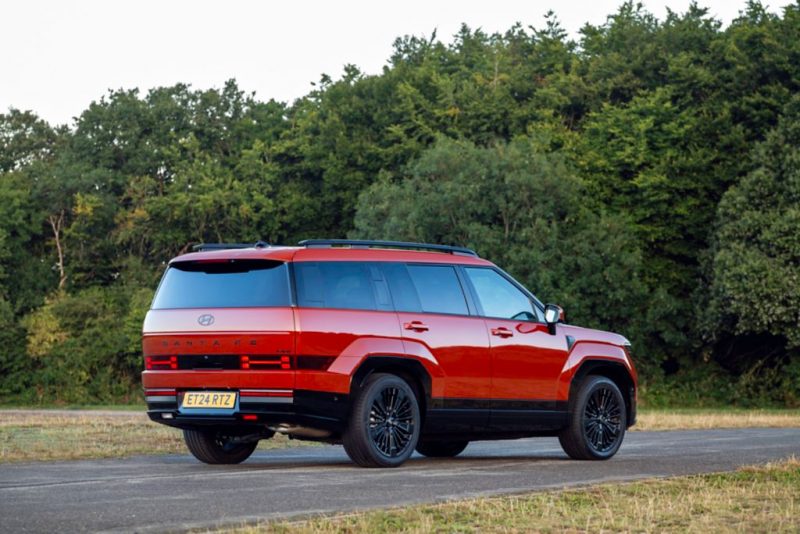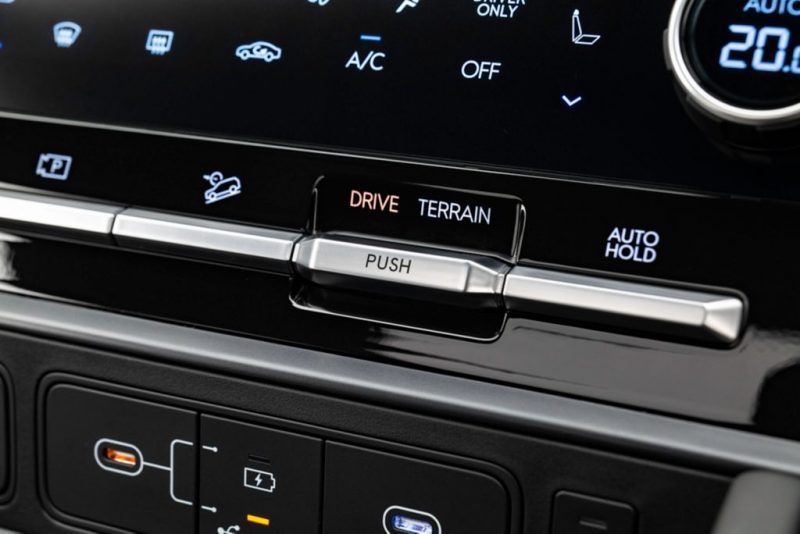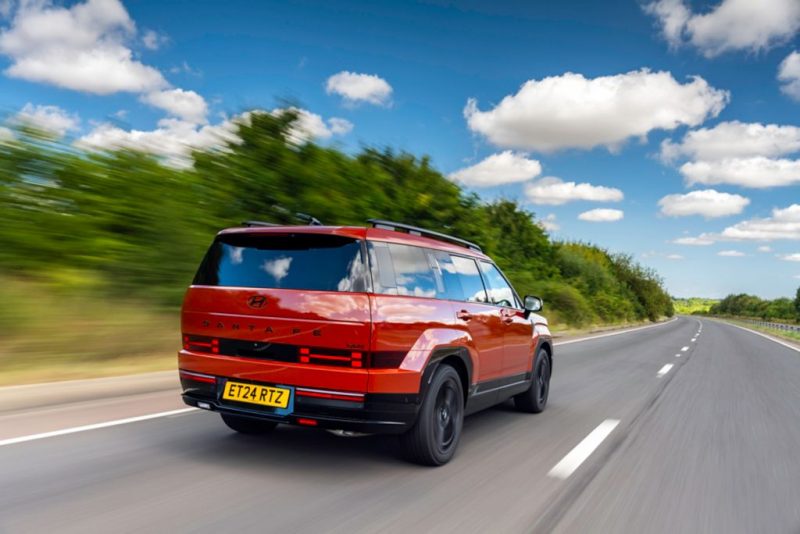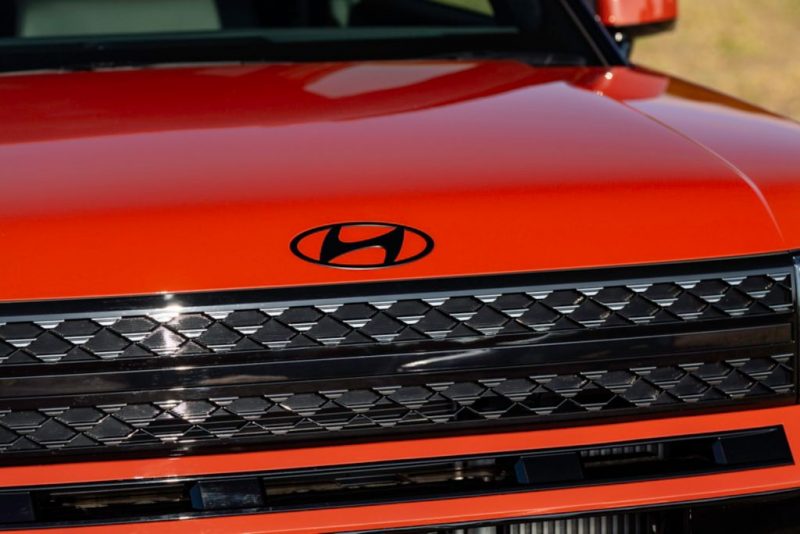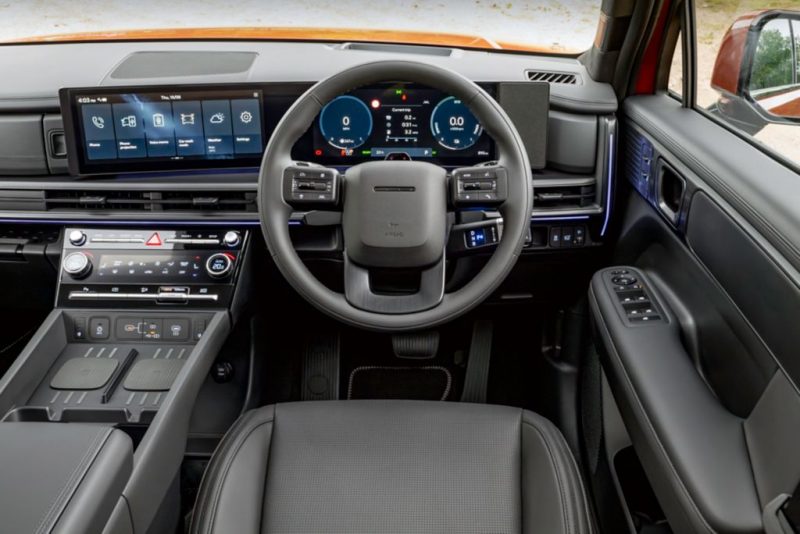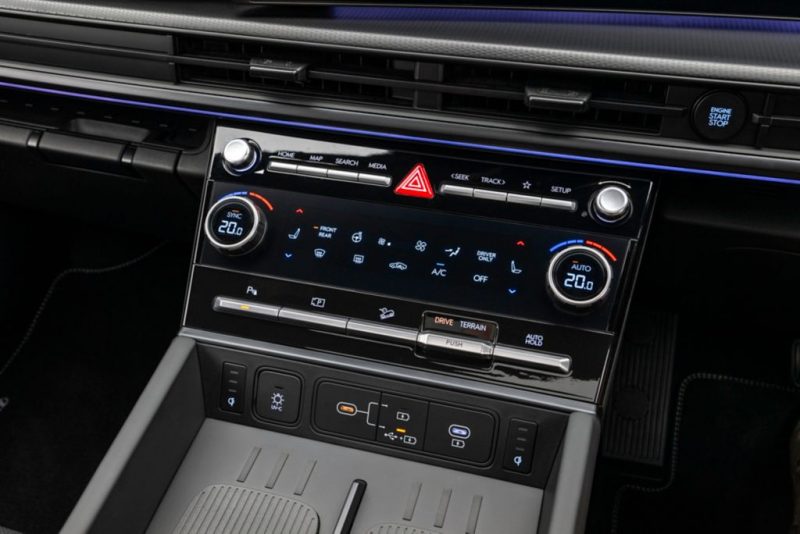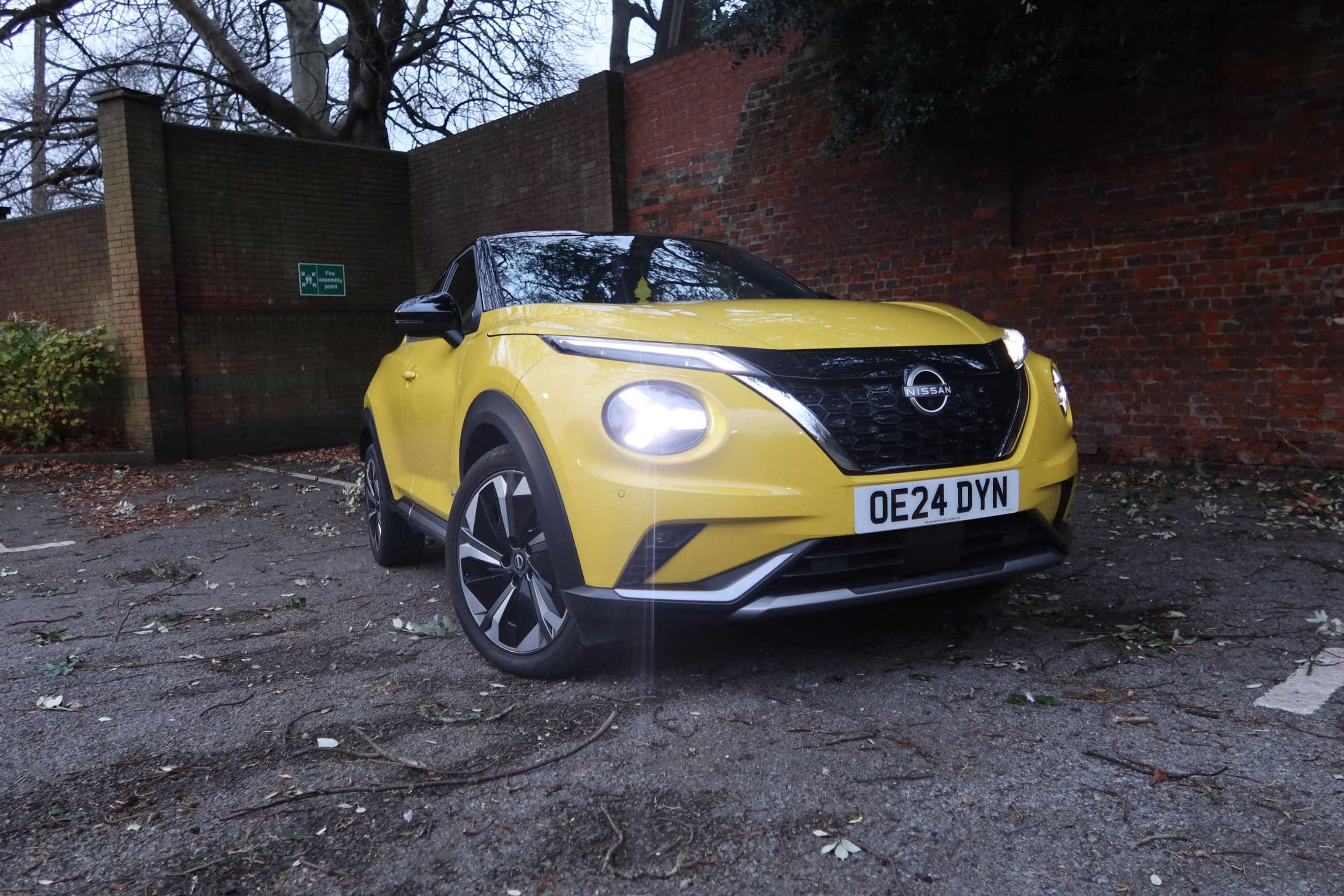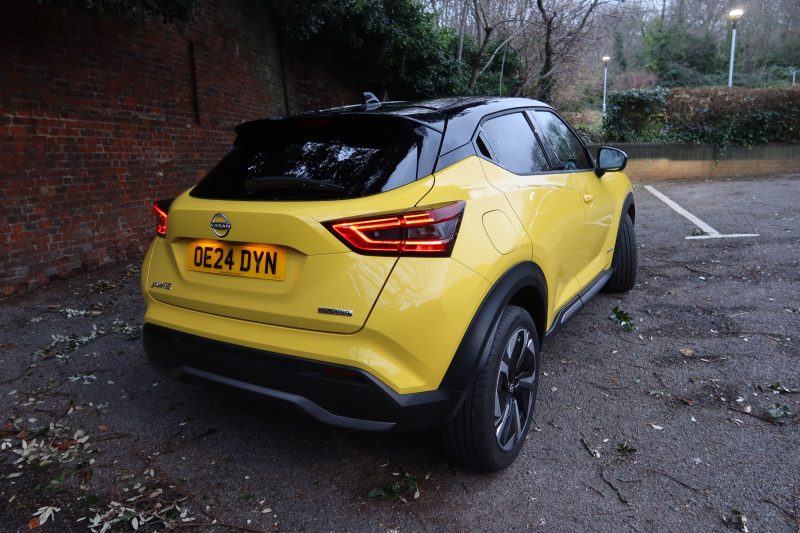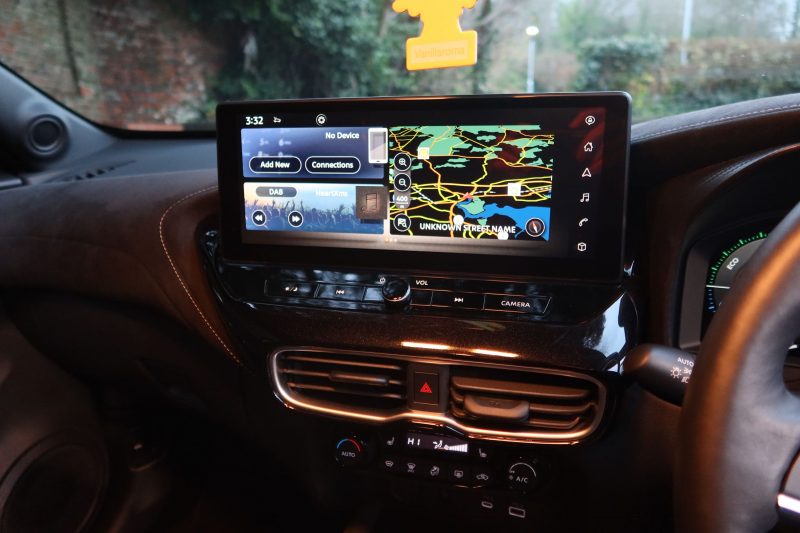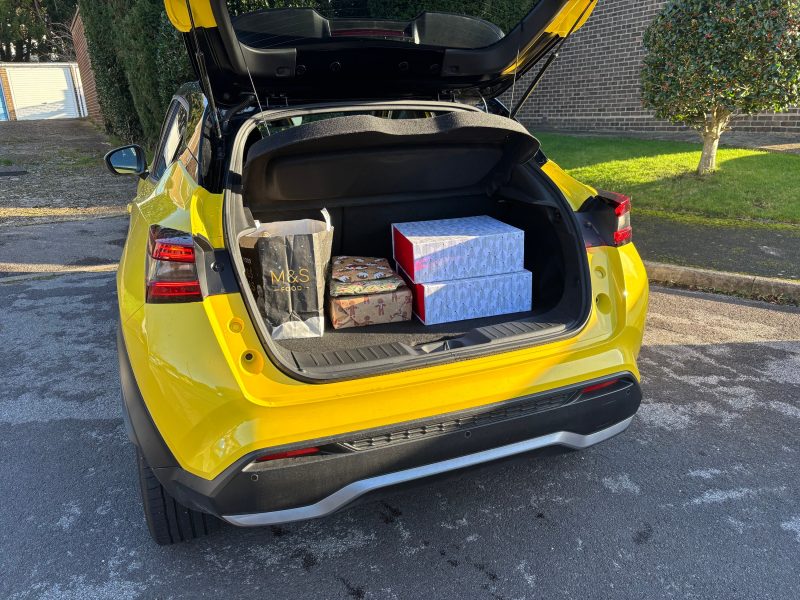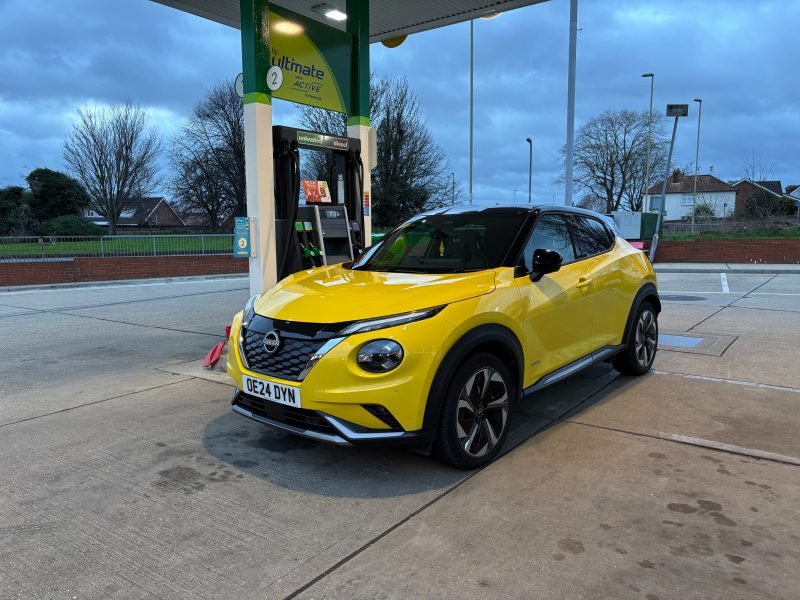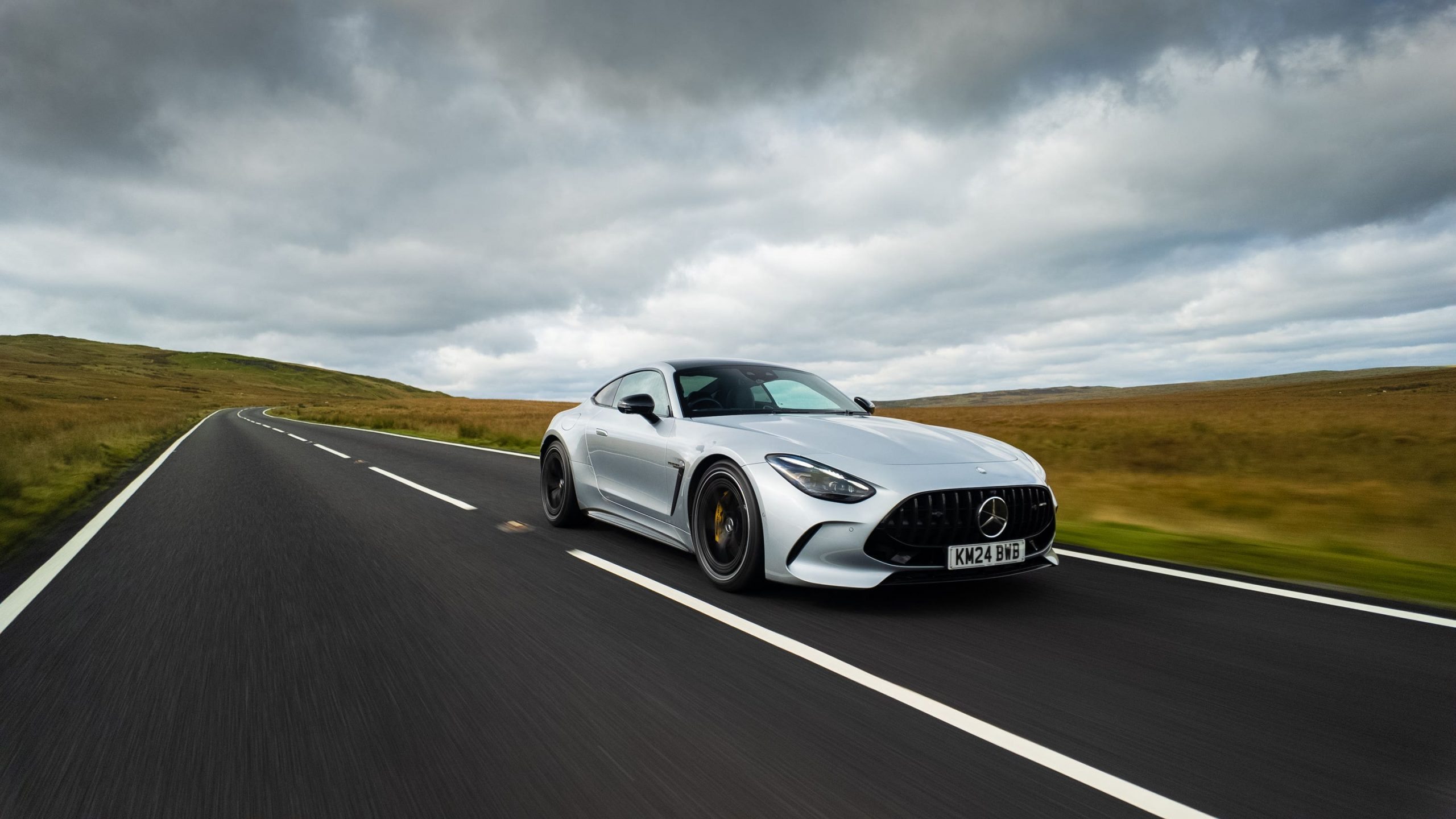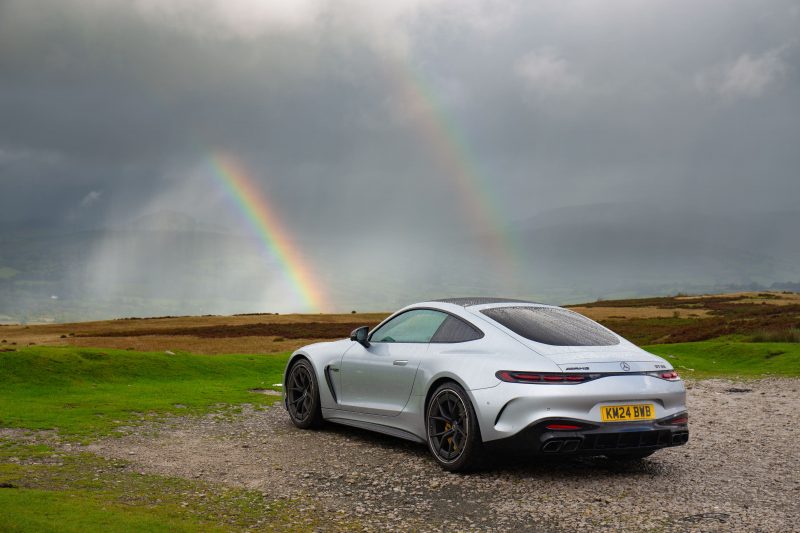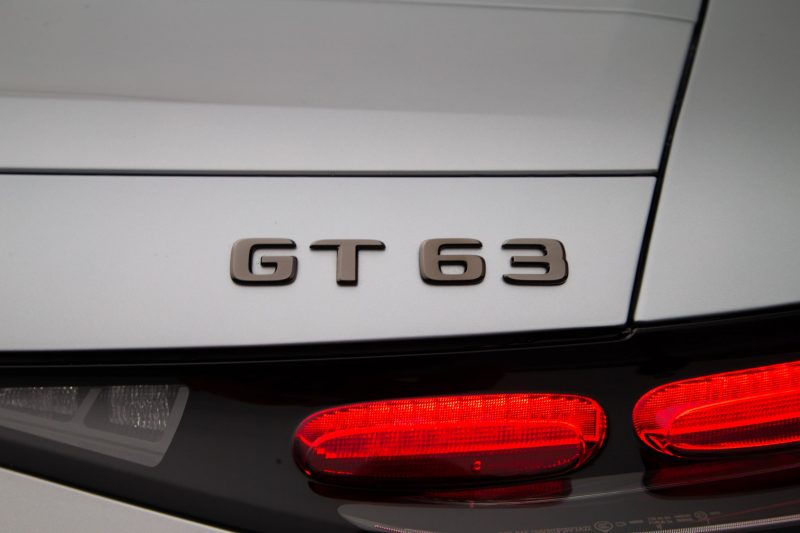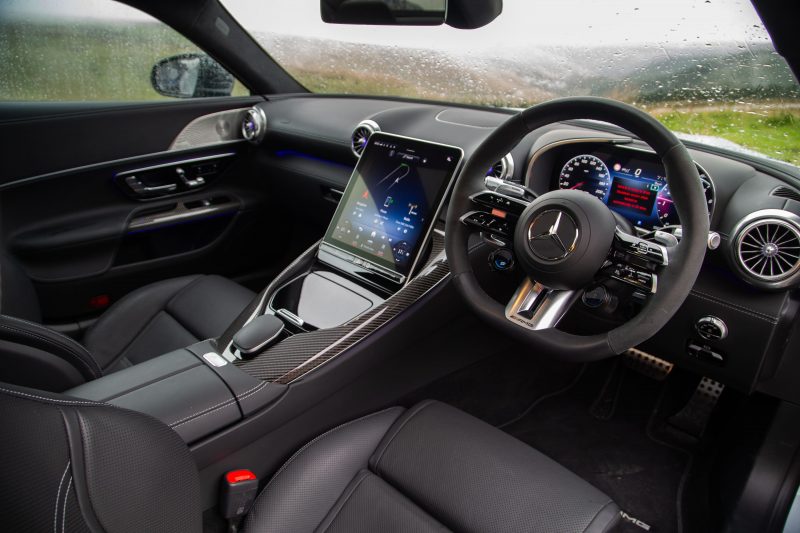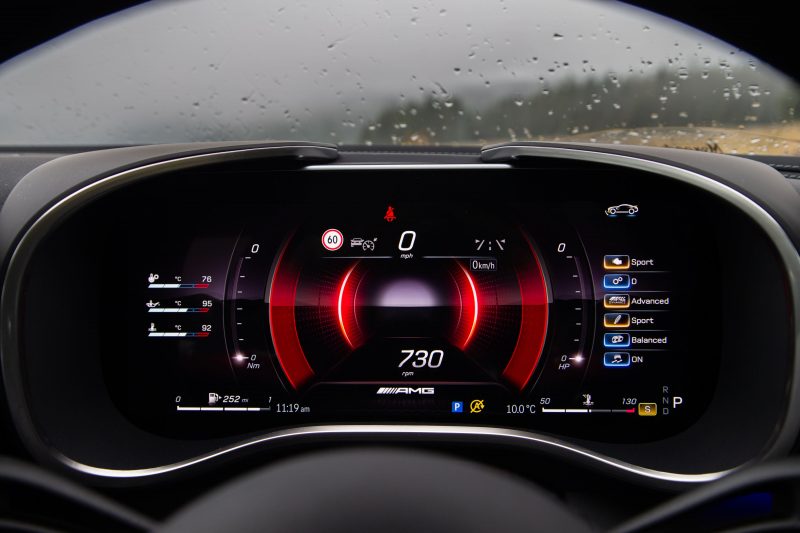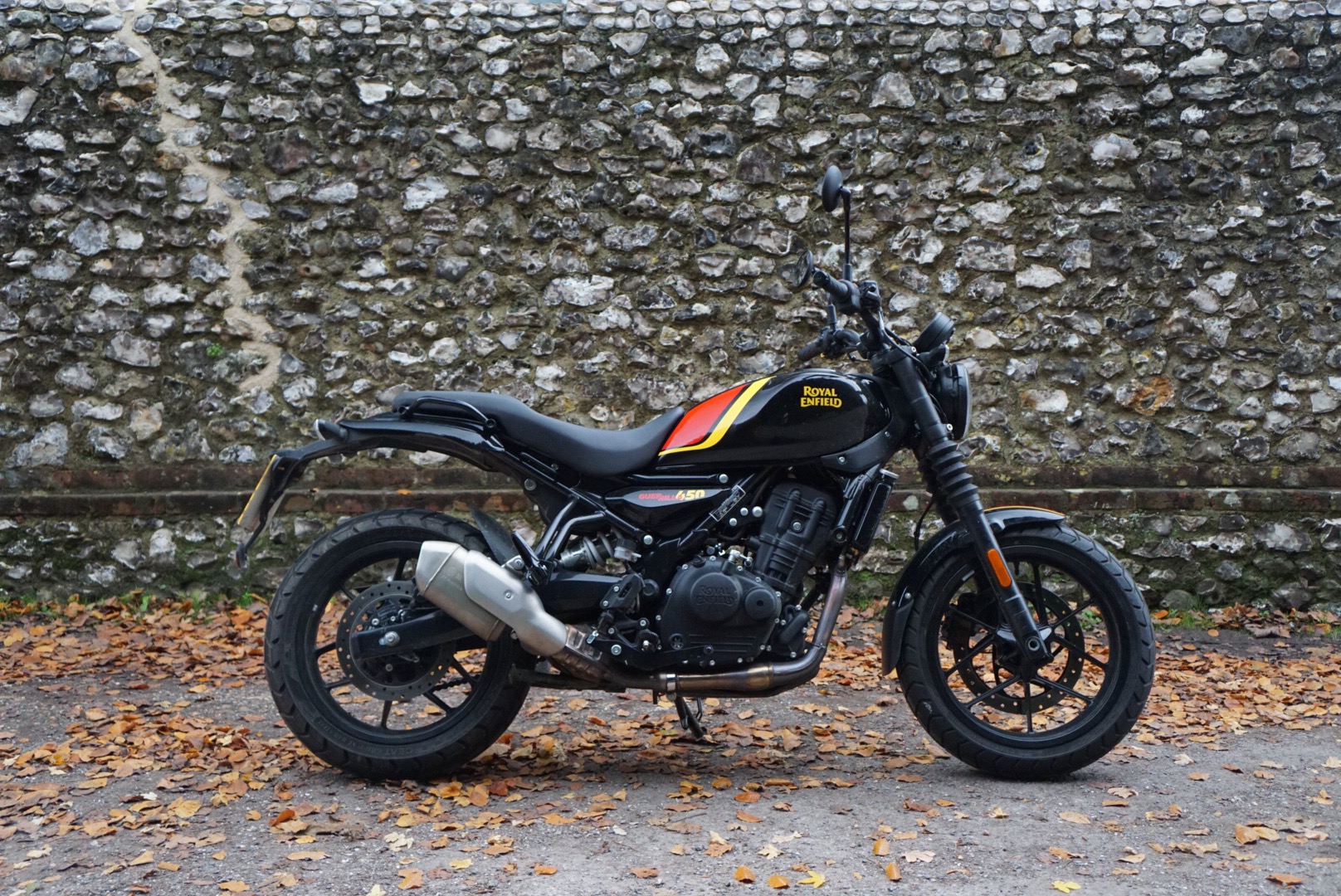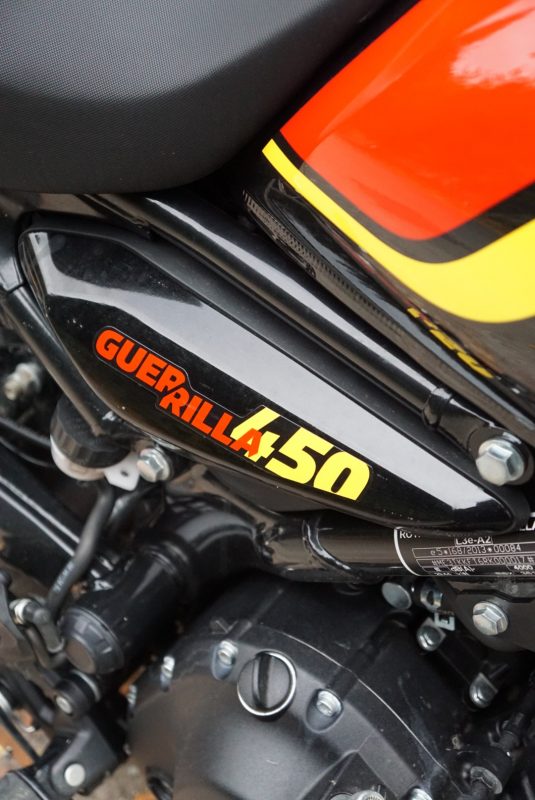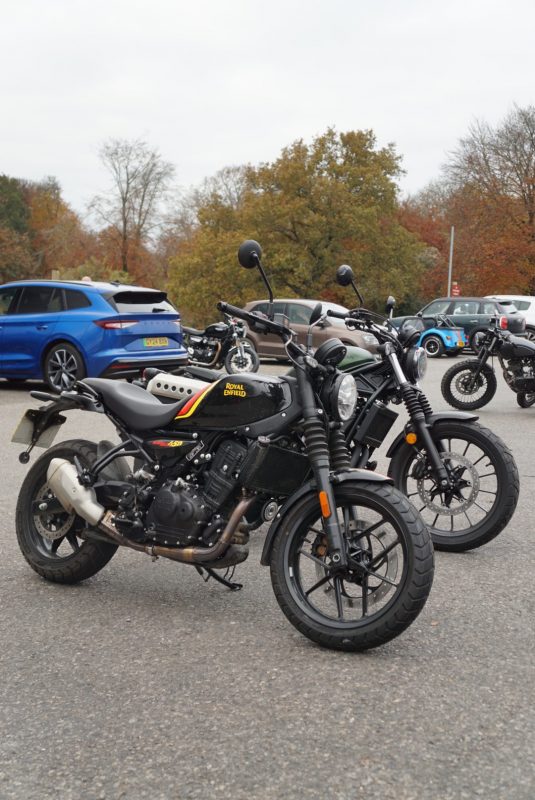The S/T is one of the most exclusive 911 models ever made, but what is it like to drive? Jack Evans finds out.
I know, I know. Another Porsche 911. For all intents and purposes this 992-generation car does look like any other one of Stuttgart’s finest. There’s a big engine slung right over the back and up front there’s a handy little ‘frunk’ for your weekend bag. In the middle, two seats and – surprise – a gearstick which appears to give you control over which gear you’re in. It’s a modern-day novelty, isn’t it?
But look a little deeper at this rather understated, toned-down 911 and you’ll see there’s something a bit special. At the back, you’ll notice the little golden ‘S/T’ badges and a celebratory plaque that blows imaginary candles for the 911’s 60th birthday.
While that interior might look similar to any other 911 cabin, the fixed-position bucket seats aren’t all that usual and behind them sits an impressively complex roll cage. All these little differences point towards something out of the ordinary – and that’s just the case with the 911 S/T.
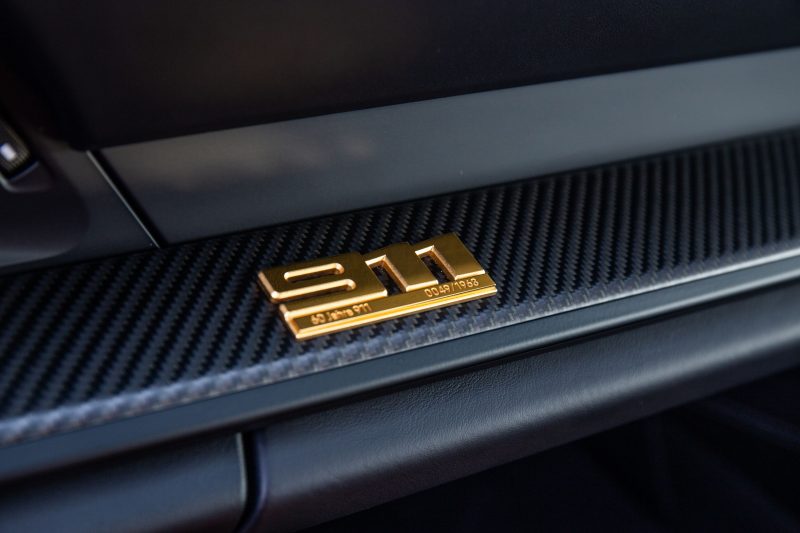
For starters it costs – and breathe in – £231,600. While admittedly it’s less than the average cost of a home in the UK these days it’s still a Scrooge McDuck-diving-into-a-pile-of-coins load of cash and, as I sat aside one of my colleagues at the tiller of the S/T, I discovered that some are trading for as much as £480,000 on the used market. Gulp indeed.
While Porsche certainly does have form with its limited-run cars – and the inevitable ‘flipping’ of them afterwards – the S/T is far more than just a car with a few choice badges. It’s been put on a strict diet compared with a standard 992, with magnesium wheels, less insulation and thinner glass ensuring that the S/T weighs just 1,380kg – the lightest 911 of the generation, in fact.
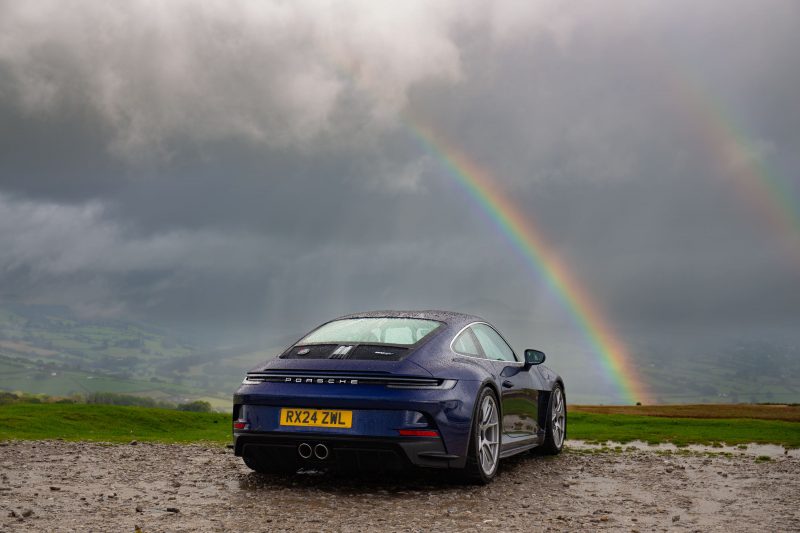
And at the rear of the car sits an engine which is better suited to powering through Eau Rouge at Spa than tickling through the bends of a sodden south Wales mountain road. Cut straight from the unhinged GT3 RS, it’s a naturally-aspirated 4.0-litre flat-six developing 518bhp and 465Nm of torque.
Yes, it can do 0-60mph in 3.5 seconds and yes, it’ll pin to 186mph but the 911 S/T is so much more than the fact sheet.
Slot – as elegantly as you can – into the fixed-back bucket seats, gaze over the uncluttered steering wheel and with that engine growling into life behind you it’s clear that this is a car more about experience than lap times. For starters, the S/T is mesmerically tied down to the road as you whistle along. Remember, too, that this S/T hasn’t got the oversized rear wing that you’ll find on the GT3 RS and yet it corners almost too keenly, testing your nerve to see how long you’ll push through a bend – and it’s usually you that blinks first.
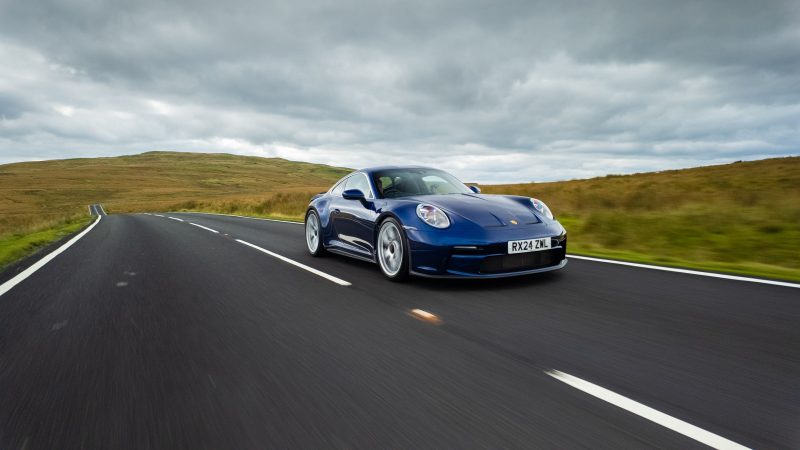
Sure, you could probably drive this car as quickly – if not quicker – if it were equipped with one of Porsche’s super-slick PDK transmissions but the sheer fact that you’ve got one of the most potent and dynamic engines of its time linked to a six-speed gearbox should be celebrated. It’s a dazzling star in the S/T’s universe of attributes, bringing a level of engagement that is often so lost on modern-day sports cars. Although, in classic Porsche fashion, the gears are a little too long – stay committed in second gear and you’ll soon be chatting to the local constabulary. It’d be nice to have a shorter throw but the action itself is a delight, all mechanical and metal-edged.
Wetter weather – naturally – arrives and this makes the S/T more of a handful. With cold, relatively slick tyres it’s a car you need to treat with care. Sure, it’ll still happily cork down a road at a reasonable speed but through sharp bends or off-camber sweepers the S/T will let you know that it’s very much in charge. You need your wits about you and with that price tag looming in your brain and the S/T’s one-of-1,963 build number bearing down on you, it’s not a car to take chances with.
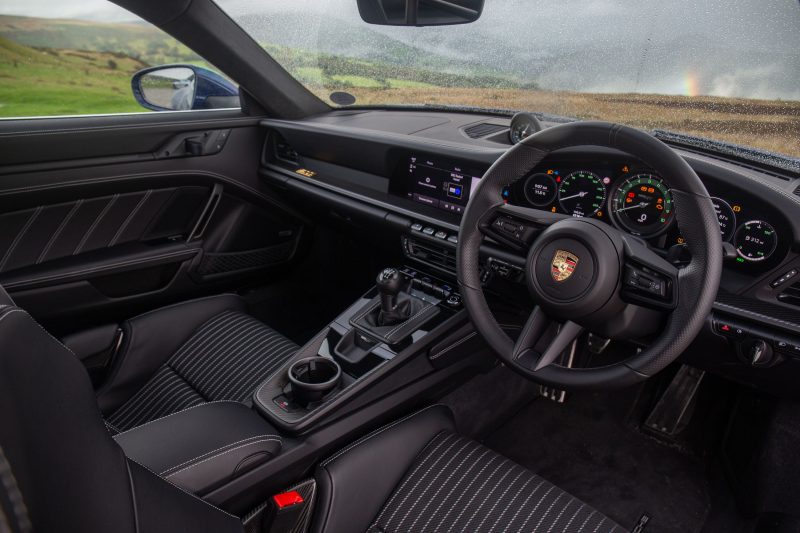
But like other 911s the S/T still feels reasonably accommodating on a day-to-day basis. On the motorway, it’s a little boomy for sure but it sits at a steady cruise quite happily. The aforementioned frunk is actually quite roomy and there’s even a cupholder. You could call it user-friendly if you were being particularly nice.
But more than anything the S/T is honouring something that we don’t find in too many cars today – the unbridled joy of car, engine and road. Atop the ribbons of South Wales’ best routes, the S/T shines and while its price tag might be enough to put a thorn in the side of a Euromillions winner’s bank balance, it’s an example of what keeps us car lovers coming back to four wheels time and time again. It’s one of my highlights of the year as a result.
Facts at a glance
- Price: £231,600
- Engine: 4.0-litre naturally-aspirated flat-six
- Power: 518bhp
- Torque: 465Nm
- Max speed: 186mph
- 0-60mph: 3.5 seconds
- MPG (combined): 20.5
- Emissions: 313g/km CO2

